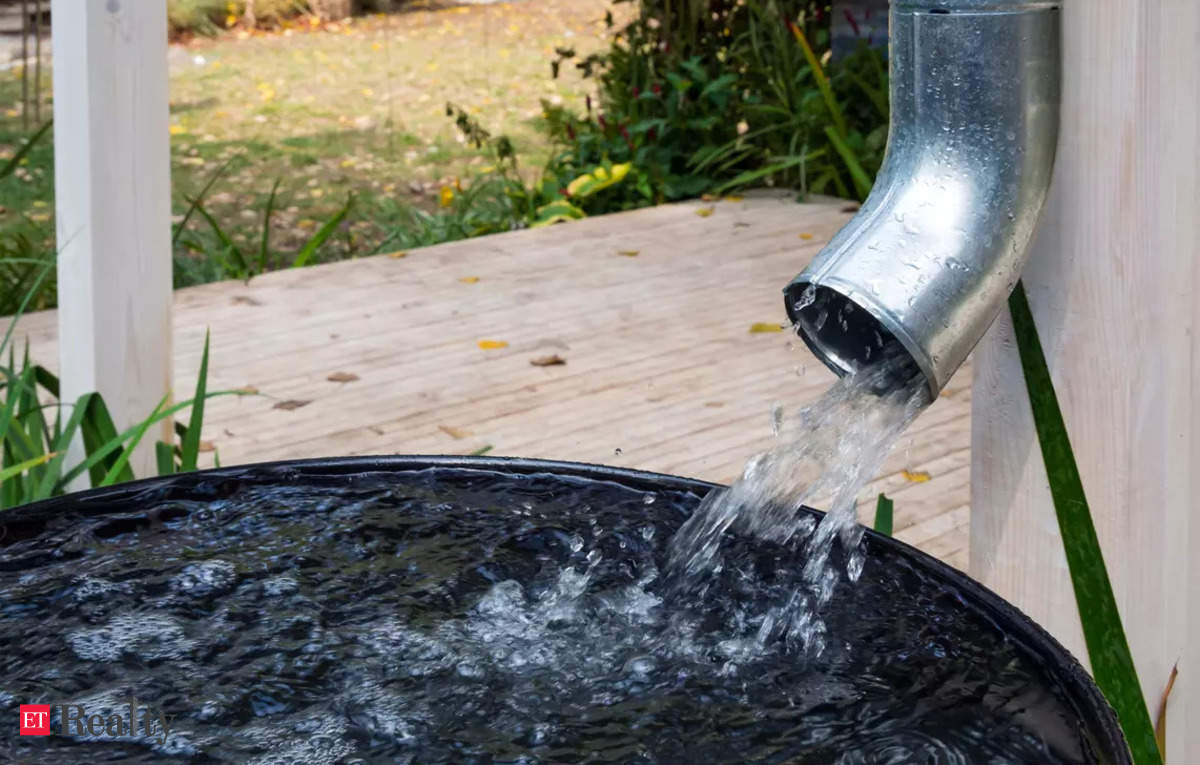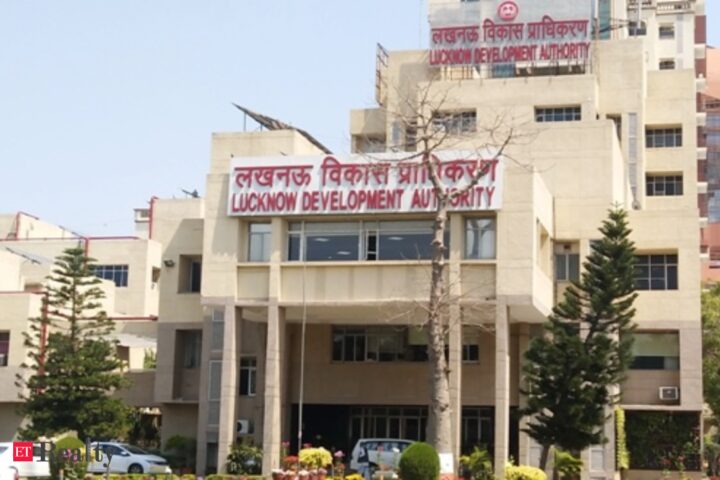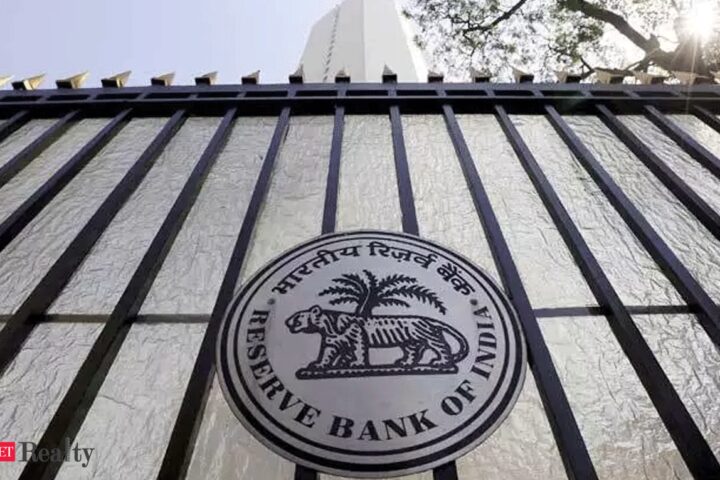
NEW DELHI: A high-level committee has directed govt agencies to install rainwater harvesting (RWH) systems in their buildings by Sept 30. In a recent meeting, the committee, which was headed by the then chief secretary Naresh Kumar, also asked the land-owning agencies to check the functionality of rainwater harvesting systems already installed on their premises.
RWH is a technique of collecting and storing rainwater into natural reservoirs or tanks, or the infiltration of surface water into the subsurface level. These pits are actually soak pits, and during the rainy season, rainwater is collected through them. Thereafter, water penetrates into the ground, which increases the level of groundwater.
While at least 3,687 schools in the city have rainwater harvesting systems, 361 parks under Municipal Corporation of Delhi (MCD), too, have the system installed. Delhi Jal Board (DJB) has implemented the system in its 594 installations.
Though Delhi govt has been contemplating making the RWH system mandatory in all residential houses, there is no data on the number of such buildings having the system. There is also no data on the number of buildings and parks with functional harvesting systems and no estimate on the water conserved through harvesting.
According to experts, 87,000 million litres of water per day can be generated from 118.4mm rainfall in Delhi. The city’s normal rainfall mark is around 779mm. In each of the 11 districts, there is a ‘rain centre’ to assist people in the technical knowhow of the scheme.
With MCD, which is installing the system on top of govt buildings, facing a shortage of funds, officials said Kumar had directed the agency to explore the possibility of getting financial assistance from Union ministry of housing and urban affairs under the urban development fund. Officials said there was also a proposal to use Air Ambience Fund for the purpose, but the idea was shot down with the argument that it was created for the development and use of clean air technologies, waste management and related activities to reduce vehicular pollution in Delhi and could not be diverted.
“There is a strict direction now to all departments concerned, including MCD, education, DUSIB, DDA, public works, DSIIDC, railways etc., which have a number of buildings in the city, to provide the RWH systems by Sept 30. Public Works Department (PWD) has been directed to execute the project for all departments that do not have any technical expertise to install the RWH system,” said an official. “DJB has been appointed as a nodal agency and directed to coordinate with all departments and furnish updated reports regularly,” he added.
To ensure that all buildings have a functional RWH system, the civic bodies have been directed to issue the occupation certificates after proper verification. The urban local bodies will also have to submit the data of the issuance of occupation certificates to the committee.
For recharging the groundwater in low-lying areas, DJB identified 33 recharge pits, but no other department made any substantial progress in creating the RWH systems in such areas. Officials said the agencies owning land and buildings in the city were also issued directions to assess low-lying areas and decide targets for the construction of RWH systems.














